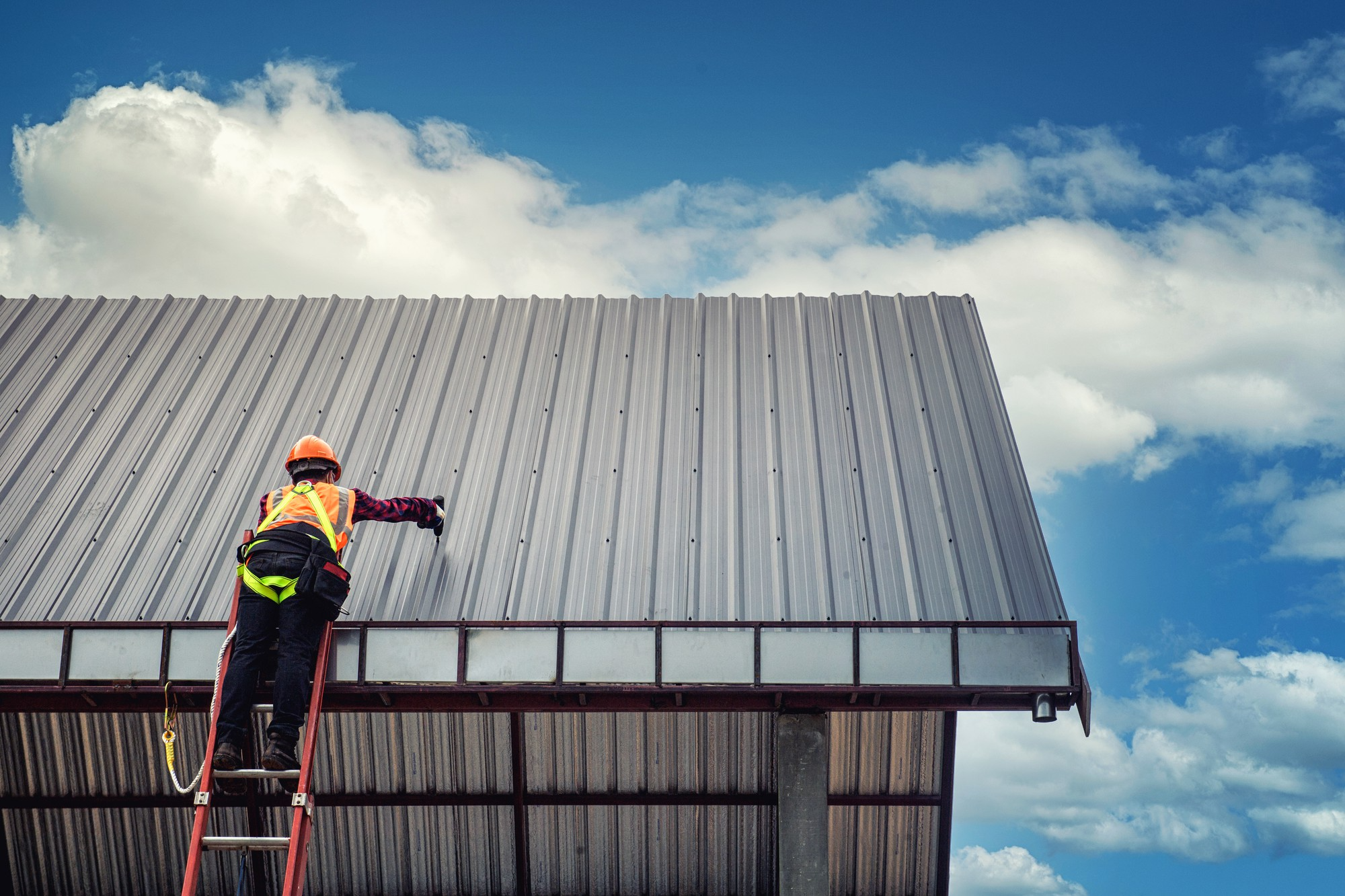Shingle vs. metal roofing: which is right for you?

Choosing the right roofing material is a major decision that impacts your home’s durability, appearance, and long-term costs. Two of the most common options—shingles and metal—each have their own strengths. In this post, we’ll break down the key differences between shingle and metal roofing, so you can decide which one fits your needs best.
Shingle roofs are budget-friendly and widely used
Asphalt shingles are the go-to choice for many homeowners due to their affordability and ease of installation. They work well in a variety of climates and come in many colors and styles to match your home's look. But while they’re cost-effective, they tend to wear out sooner than metal.
Shingle roofs typically last about 20–25 years and may require more frequent repairs due to weather damage, algae growth, or curling edges.
Tip: If you plan to stay in your home for the short term or are on a tighter budget, shingles may be the practical choice.
Metal roofs are durable and energy efficient
Metal roofing is known for its long lifespan—often 40–70 years—with minimal maintenance. It’s highly resistant to wind, fire, and moisture, making it a strong option for harsh weather conditions. Metal also reflects sunlight, which can help reduce energy bills.
Common benefits of metal roofs include:
- Long lifespan
- Resistance to fire, rot, and pests
- Lower cooling costs due to solar reflectivity
- Lightweight and recyclable material
While metal roofing costs more upfront, the long-term savings and durability can outweigh the initial investment.
.png)
Which roof should you choose?
Both roofing types offer solid benefits, so your final choice depends on several key factors. Consider the following when deciding:
- Your budget and how long you plan to stay in the home
- The local climate and exposure to storms or extreme heat
- Desired look and curb appeal
- Long-term maintenance and energy savings
Tip: Talk to a roofing contractor to assess your home and get expert advice tailored to your situation.
.avif)




